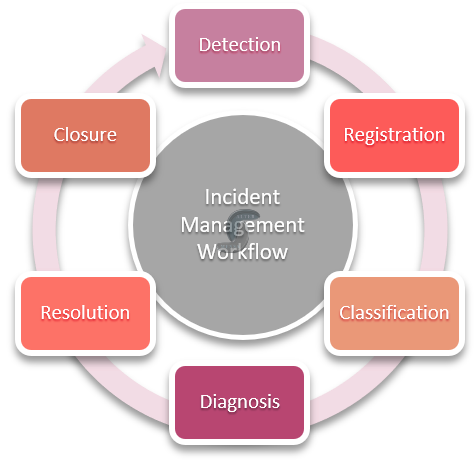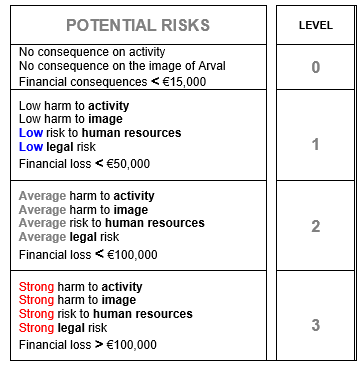Some standards define incident tracking methodologies. It can be useful to take inspiration from it in order to improve the stability of your IT processes.
The ISO/IEC 27035 standard, for example, makes it possible to provide, internally for each organization, its own incident management process. Other methodologies, such as ITIL, which are perfectly complementary, define an incident as any event not part of the normal operation of a service (or equipment), and which causes or may cause an interruption or alteration of its functionality. quality. Consequently, incident management makes it possible to quickly restore normal operation of the service and minimize their impact on the company. The action must be carried out while ensuring the level of availability and service defined in the service contract (SLA), namely the best possible level. It is important to remember that it is about treating the consequences and not the causes.


It is important not to confuse "incident management" with "problem management" because in ITIL terminology incident management is focused on the user level, it serves to restore normal service as quickly as possible, either act "in firefighter mode". In addition, problem management resolves the root cause of incidents with the goal of preventing future incidents from occurring. these two axes complement and come together, for example in an ISO27001 approach and its monitoring of continuous improvement.

Incidents are classified according to:
We can see the volume and scale of an incident on a company by measuring the number of users or the number of systems affected by a malfunction. When an incident has a major impact for a large number of users, it is considered a high priority incident.
Of their type:
It is important to remember that often the performance problem results from a combination of these areas.

IMPORTANT
In view of legal obligations, additional attributes may be necessary. This point is discussed in detail in the Classification section.
POTENTIAL RISKS OF MAJOR INCIDENT
